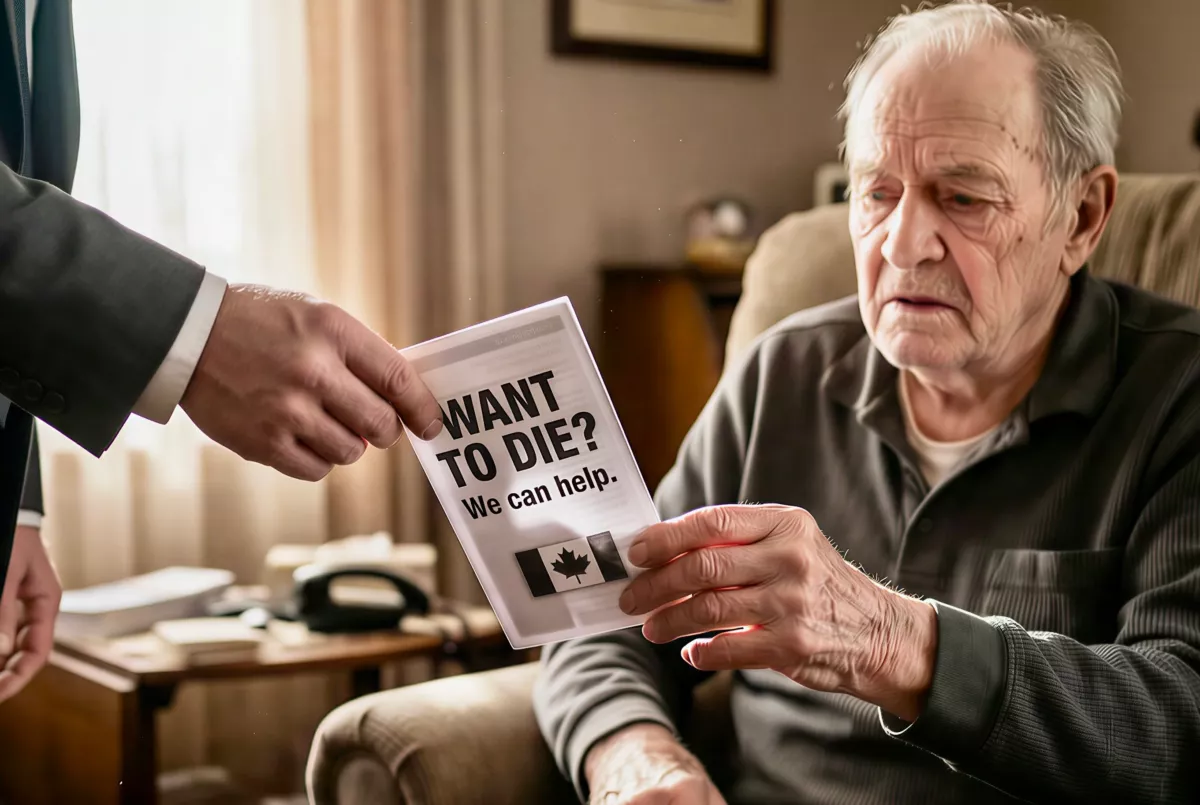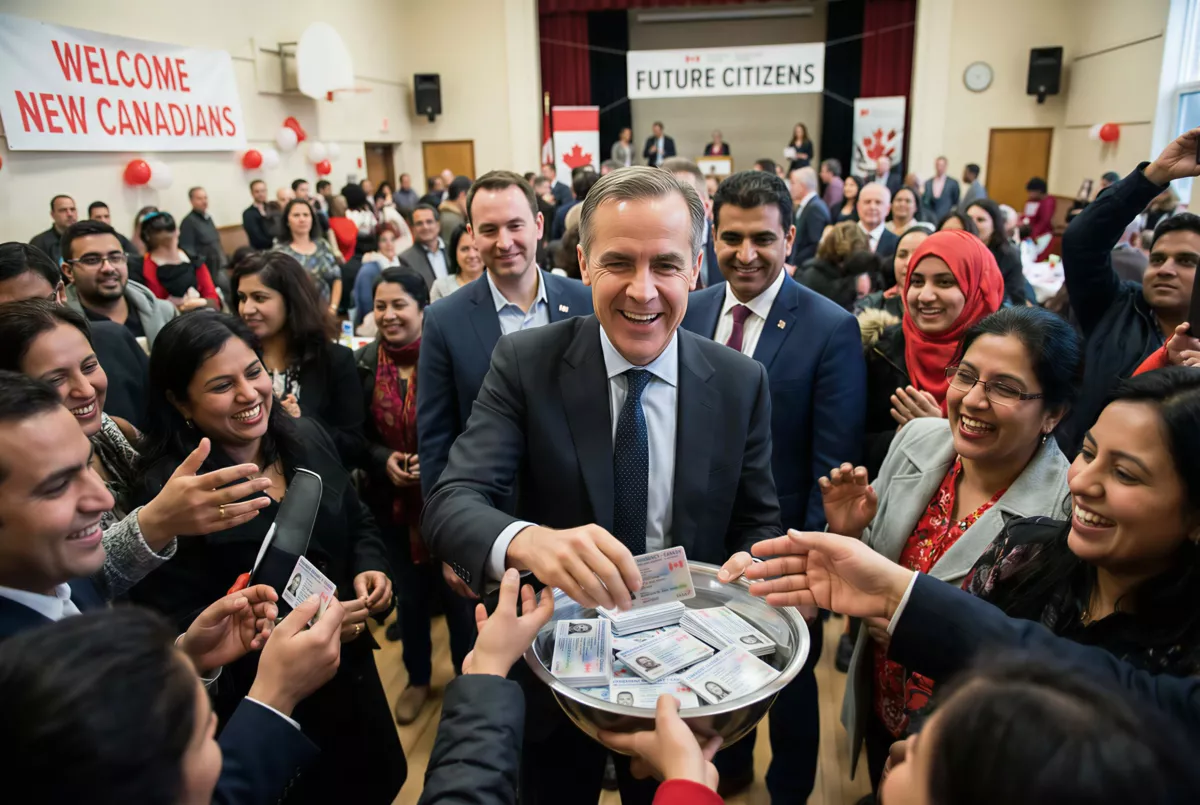Google’s Secret Location Tracking Database
By Hakeem Anwar, CEO, Above Phone
Hidden behind the mobile phone maps many of us use daily is a discreet geolocation database that quietly logs the movements of billions of people around the world. Both Android devices and Apple phones utilizing Google Maps transform into personal tracking devices, allowing access to data points that can be traced through time and across geography.
This wealth of digital gold resides in Sensorvault, a geolocation database and “geofencing” tool, one of the first of its kind. Sensorvault has become instrumental for law enforcement by enabling easy identification of phone locations through a map-like interface. By selecting a specific date, time, and region, officials instantly gain access to a list of phones present in the specified area.
Sensorvault’s capabilities played a pivotal role during the investigations following the January 6 events in Washington, DC, highlighting both its utility and the significant privacy concerns it raises. Federal investigations issued what could be the largest geofence warrant to date, seeking data on every device within the U.S. Capitol during a four-hour period. Sensorvault’s precision was astonishing, capturing an average of twenty-two location points precise enough to detect users’ movements between floors.
This accuracy stems from Wi-Fi Positioning Systems (WPS), which calculate location using nearby Wi-Fi networks instead of GPS satellites. Both Apple and Google hold massive databases of Wi-Fi locations. A Maryland study observed Apple’s WPS database holding at least two billion access points worldwide by 2022, covering every populated area on the planet.
Don’t lose touch with uncensored news! Join our mailing list today.
This WPS data is used as the source data for big tech’s centralized location services, which power location-enabled applications such as Uber, Airbnb, and countless others.
After the Sensorvault revelations, Google declared in late 2023 a default policy of storing Google Maps location data locally on the devices. This could be deceptive, as Google made no statement on Sensorvault or its future, and it could easily harvest the same data through its location services.
Although Sensorvault is the most documented geolocation database, it is far from the only one. Law enforcement agencies use these digital dragnets in several countries, including Canada.
Any location-based service with a large user base could replicate this strategy, selling data to entities like law enforcement, advertisers, and more. Such practices bypass constitutional privacy rights, thrusting individuals into geofence warrants that have soared from fewer than 500 in the US in early 2018 to over 3,000 per quarter by the end of 2020.
Law enforcement agencies increasingly rely on this tool for investigations ranging from local burglaries to organized crime, effectively turning every phone into a dystopian corporate promise: surveillance as a service.
A Tightening Grip
In our increasingly digital world, we are becoming increasingly vulnerable to attacks from scammers, hackers, and even our own governments.
On Valentine’s Day in 2022, Canadian Prime Minister Justin Trudeau invoked the Emergencies Act. Protests were intensifying, and the government wanted to do something about it. They settled on something that had rarely been done before—they froze people’s bank accounts.
Shawn Jason Laplante, creator of Druthers, had his own bank account frozen following a wildly successful fundraiser and a clever idea to keep truckers in downtown Ottawa.
Shawn explains the ordeal in detail in a 2024 article in Druthers:
I went to the local BMO branch in Ottawa near the hotel on that crisp Monday morning and asked the teller for forty cashier’s cheques of $2,500 each. It was then I was informed that my bank account was frozen. What??? How could that be? Well, the bank manager had no answers for me, just a phone number to call their Compliance Department. Of course, nobody was answering the phone there. Only a pre-recorded message asking to leave my info and saying someone would return my call in three to five business days.
And it wasn’t just Shawn. On the very same day, hundreds of others had their bank accounts frozen, too. For some, life came to a grinding halt. Who would have thought something like this could happen? Surely, hardly anyone expected it. And then it happened.
Location tracking is one of many ways authorities can identify those involved in peaceful protest, among others.
The climate we’re living in can change in an instant in ways we never could have anticipated. Going digital and using big tech devices and big tech apps on unsecured networks and even via big telecom can leave us vulnerable to the unthinkable.
While Trudeau’s invocation of the Emergencies Act was found to have “violated the fundamental freedoms” of Canadians, the damage was done. We cannot count on the framework that was set up to protect us to actually protect us. We have to take things into our own hands, and one way we can do that is by taking back control of our technology.
Protect Your Mind, Home, and Family
The lines between private and public are shifting like never before. For years, people have brushed off privacy warnings with the same mantra: “I’ve got nothing to hide.” But that’s not true. We all have things to hide. We all experience moments that are private and sacred. Our thoughts, feelings, and experiences aren’t meant to be shared with big tech or some advertising giant or an app developer in China—unless, of course, we fully understand and we consent to it.
As so-called convenience increases, more and more of our private moments are being invaded. We’re past these useful technologies being a novelty—we’re halfway down the slippery slope of technocracy. Welcoming spying eyes into our private lives has become the norm for the youngest generations. But it doesn’t have to be this way.
What Can We Do?
All mobile phones running on big tech operating systems face vulnerabilities when it comes to location tracking and surveillance. Even with the most stringent privacy settings selected, both iPhones and Android devices persistently send detailed location and identification data to Google’s servers, creating a practically indelible record of your movements and behaviours.
It’s time to realize that big tech technology is a key pillar in the technocratic agenda. Digital ID, vaccine passports, contact tracing, digital payments—these all became available one day as a software update, two companies making decisions for billions of people all at once.
Only a phone devoid of these big tech services has a chance of resisting the agenda. “De-Googled” phones don’t come with an attachment to digital wallet, location, or even advertising services. These alternative phones are capable of shutting out the surveillance state while giving you peace of mind from constant advertisements and the news cycle.
The only way out of the game is not to play. Open-source operating systems such as GrapheneOS enable mobile phone users to reject Google services. With no permissions granted by default, extended permissions for apps, and lower-level security improvements, you’re protected on multiple levels. Phones like Above Phone can help you get started right away without additional setup.
Surveillance isn’t going away any time soon. We have to draw our line in the sand. You can choose to comply with the increasing surveillance, contact tracing, and digital ID requirements and suffer whatever consequences may come—or fully opt out.












